Hummingbirds are among the most vibrant and captivating birds in North America, known for their iridescent feathers and incredible flying abilities. In North Carolina, these tiny birds are a common sight during the warmer months, bringing color and life to gardens and landscapes. In this article, we will explore four types of hummingbirds found in North Carolina and provide insights on the best plants to attract them to your yard.
Types of Hummingbirds in North Carolina
Ruby-throated Hummingbird (Archilochus colubris)
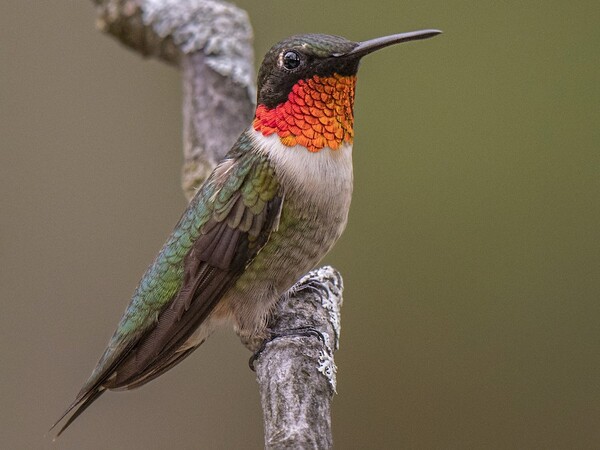
The Ruby-throated Hummingbird is the most common species found in North Carolina and is easily recognized by the male's bright red throat, or gorget. This species migrates from Central America to North America for the breeding season and can often be seen in gardens and parks throughout the state from March to October. Females are less colorful but have a more muted appearance with greenish and white plumage. They are known for their aggressive behavior, especially during mating season, as they fiercely defend their feeding territories.
Black-chinned Hummingbird (Archilochus alexandri)
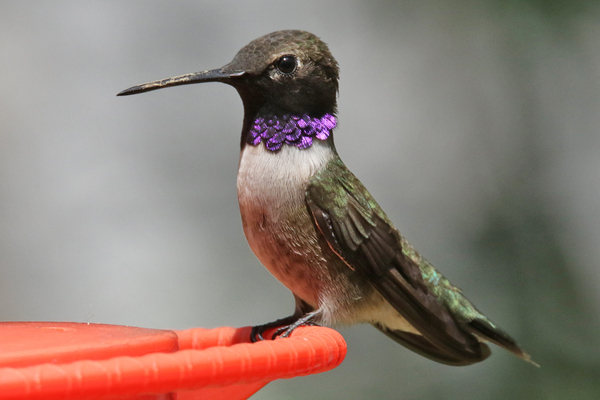
While less common than the Ruby-throated, the Black-chinned Hummingbird can occasionally be spotted in western North Carolina. Males have a distinctive black throat with a purple base, while females are green and white, similar to the Ruby-throated. This species is known for its adaptability and can often be found in urban areas, where it seeks out nectar-rich flowers.
Broad-tailed Hummingbird (Selasphorus platycercus)
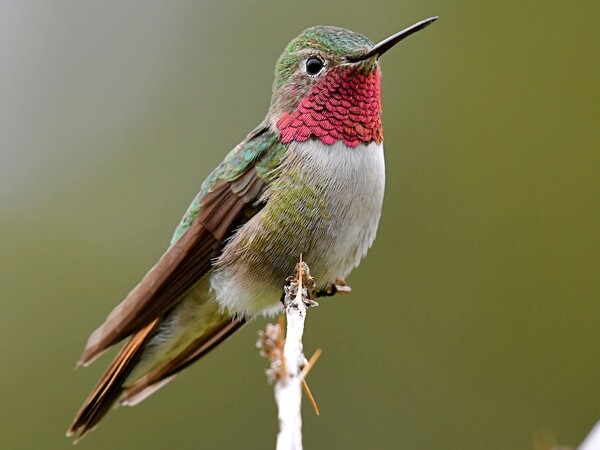
The Broad-tailed Hummingbird is primarily found in high elevations and is considered a rare visitor in North Carolina. Males are recognized by their bright green back and a distinctive metallic pink throat. They are often found in mountainous regions and are attracted to wildflowers. Their presence in North Carolina is usually during migration in the spring and fall.
Rufous Hummingbird (Selasphorus rufus)
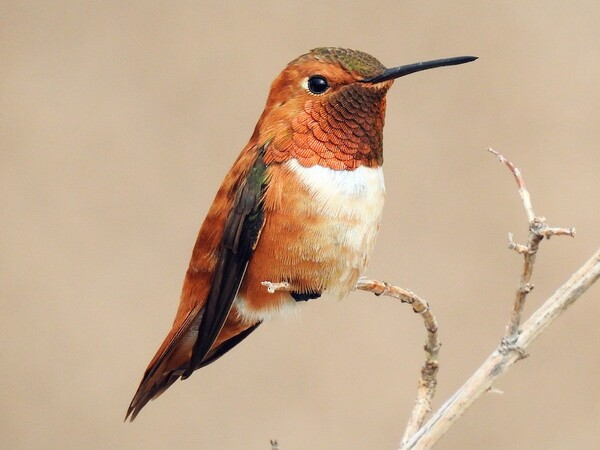
The Rufous Hummingbird is known for its striking orange-brown plumage and aggressive personality. While primarily found in the western United States, they can occasionally be seen in North Carolina during migration periods. Males have a vibrant reddish-orange throat, while females are more subdued in color. Rufous Hummingbirds are known for their long migratory routes and are often found in gardens with nectar-rich flowers.
To create a welcoming environment for hummingbirds, it is essential to plant a variety of nectar-rich flowers that bloom at different times throughout the season. Here are some of the best plants to attract hummingbirds in North Carolina:
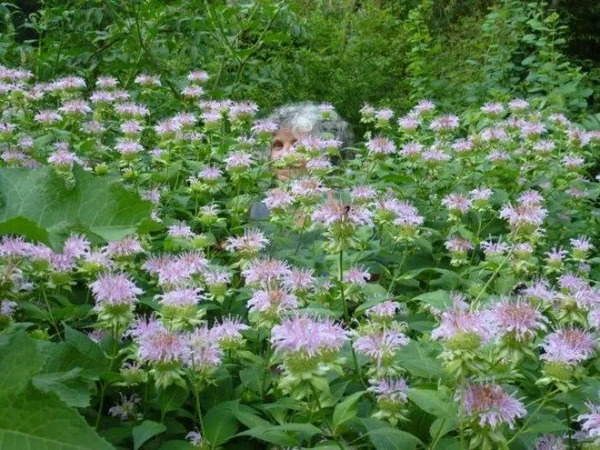
Bee Balm (Monarda spp.)Bee Balm is a favorite among hummingbirds due to its bright red, pink, or purple flowers that bloom throughout the summer. The tubular shape of the flowers makes it easy for hummingbirds to feed on the nectar. Additionally, Bee Balm is also attractive to bees and butterflies, making it a great choice for a pollinator garden.
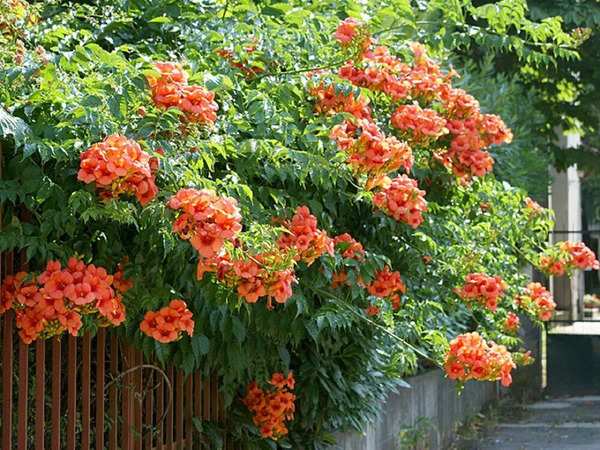
Trumpet Vine (Campsis radicans)Trumpet Vine is a vigorous climbing plant that produces large, trumpet-shaped flowers in shades of orange and red. This plant can grow quickly and cover trellises or fences, providing an excellent source of nectar for hummingbirds. Just be cautious, as it can be invasive in some areas.
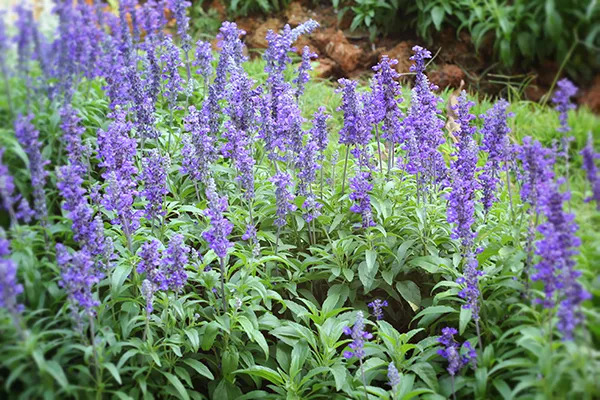
Salvia (Salvia spp.)Salvia is a diverse genus with many species that are excellent for attracting hummingbirds. Varieties such as Salvia guaranitica and Salvia splendens have vibrant flowers that bloom from spring to fall. These plants are drought-tolerant and can thrive in various soil conditions, making them a versatile addition to any garden.
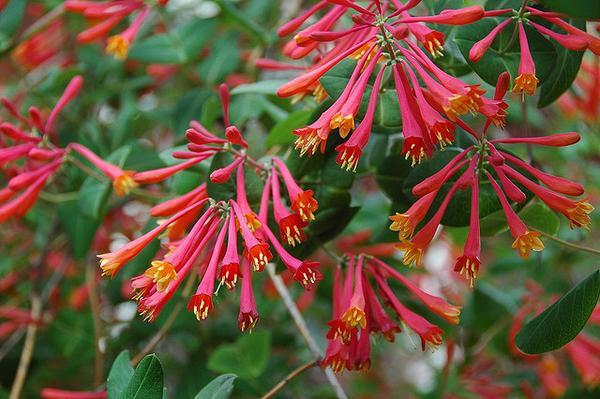
Coral Honeysuckle (Lonicera sempervirens)Coral Honeysuckle is a native vine that produces clusters of tubular, red or yellow flowers. This plant not only attracts hummingbirds but also provides cover for nesting birds. It can be grown on trellises or allowed to climb trees, making it a beautiful and functional addition to your garden.
Petunia (Petunia spp.)While not a native plant, petunias are popular in many gardens and can attract hummingbirds with their bright colors and sweet fragrance. They bloom from spring until frost and are available in a wide range of colors, making them an excellent choice for adding visual interest to your garden.
Zinnia (Zinnia elegans)Zinnias are hardy annuals that produce vibrant, daisy-like flowers in various colors. They are easy to grow and can bloom all summer long, providing a continuous food source for hummingbirds. Planting a mix of different colors can create a stunning display in your garden.
Creating a Hummingbird-Friendly Environment
In addition to planting the right flowers, there are several other steps you can take to create a hummingbird-friendly environment in your garden:
Provide Water: Hummingbirds need water for drinking and bathing. Consider adding a shallow birdbath or a small fountain to your garden. Ensure the water is shallow enough for them to safely perch and drink.
Avoid Pesticides: Pesticides can be harmful to hummingbirds and other beneficial insects. Opt for natural pest control methods, such as introducing beneficial insects or using insecticidal soap, to protect your plants without harming wildlife.
Add Feeder Stations: In addition to planting flowers, consider adding hummingbird feeders filled with a sugar-water solution (1 part sugar to 4 parts water). Clean feeders regularly to prevent mold and provide fresh nectar.
Create Shelter: Hummingbirds need places to rest and nest. Incorporate shrubs and small trees into your landscape to provide shelter from predators and harsh weather.
Plant in Clusters: Grouping plants together in clusters will make it easier for hummingbirds to find food. Planting in groups of three or more will create a more visually appealing display and attract more birds.
Conclusion
Attracting hummingbirds to your North Carolina garden is an enjoyable and rewarding experience. By understanding the types of hummingbirds in the area and planting a variety of nectar-rich flowers, you can create a vibrant habitat that supports these beautiful birds. Whether you are an avid birdwatcher or simply appreciate the beauty of nature, taking the time to cultivate a hummingbird-friendly garden will bring joy and excitement to your outdoor space. Remember, the key to attracting hummingbirds is to provide a consistent source of food, water, and shelter, ensuring that these delightful creatures return year after year.
animal tags: Hummingbird
We created this article in conjunction with AI technology, then made sure it was fact-checked and edited by a Animals Top editor.